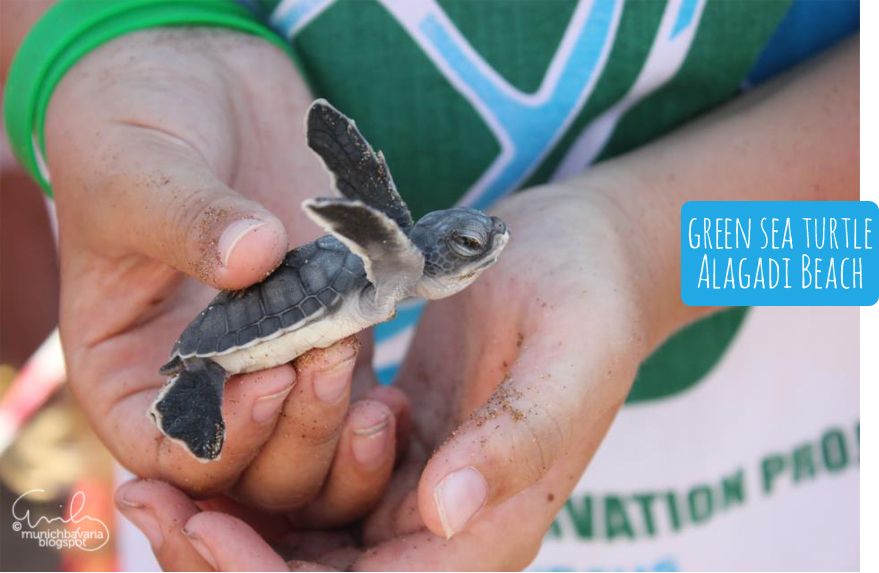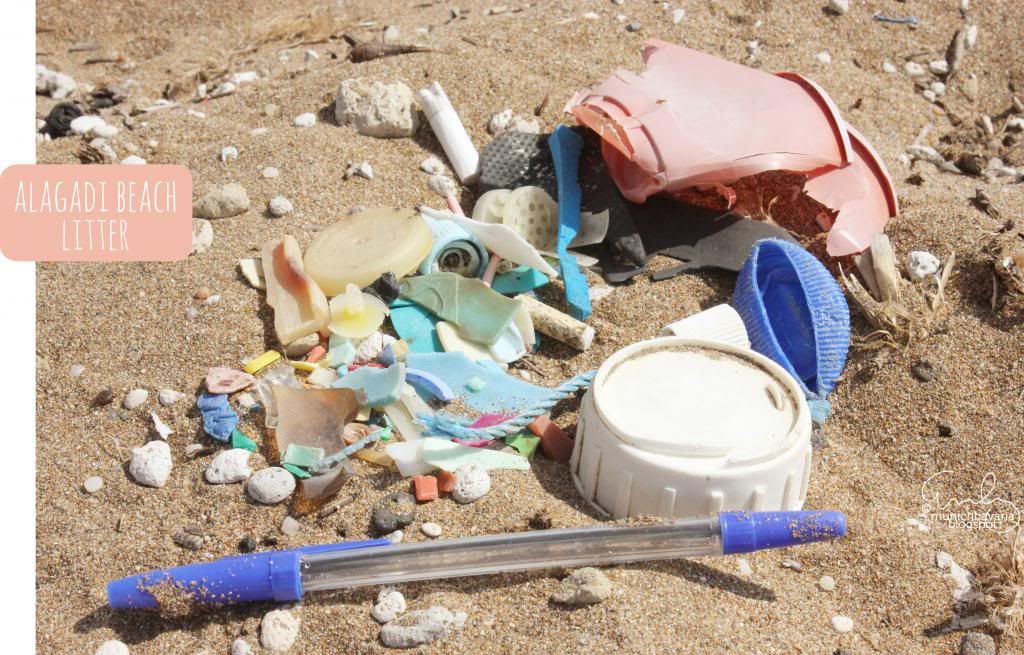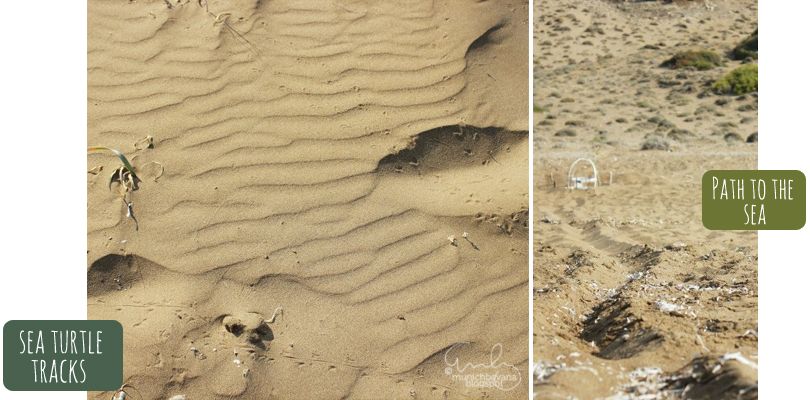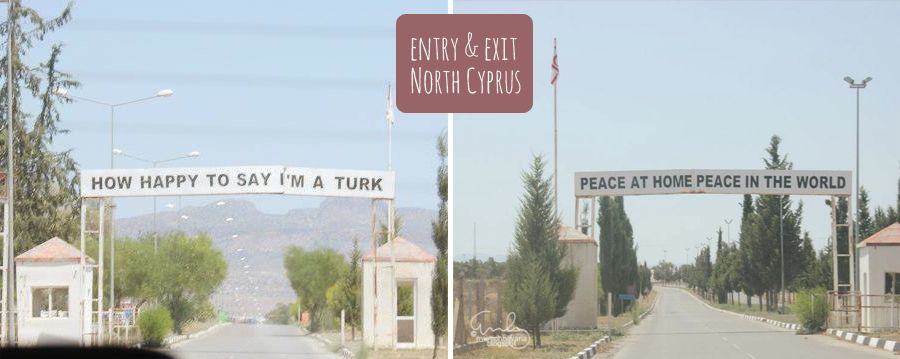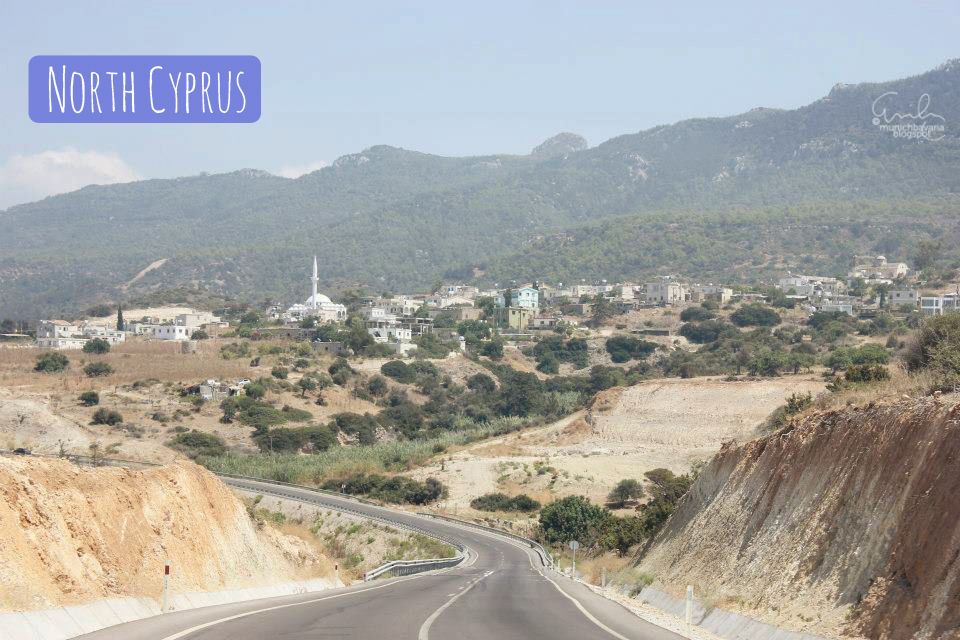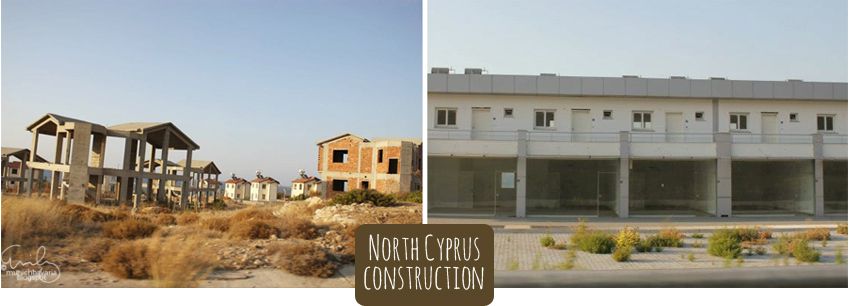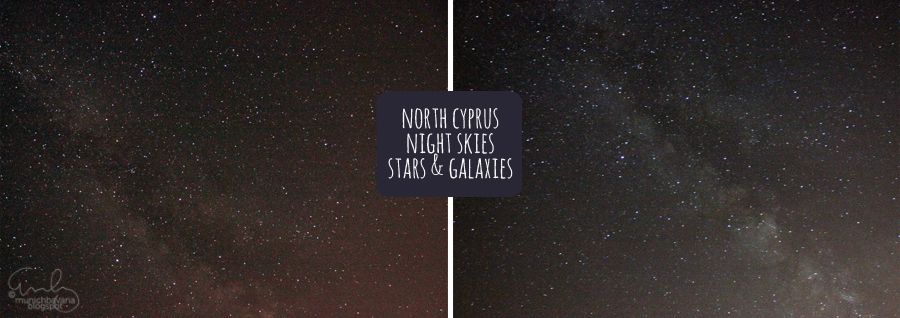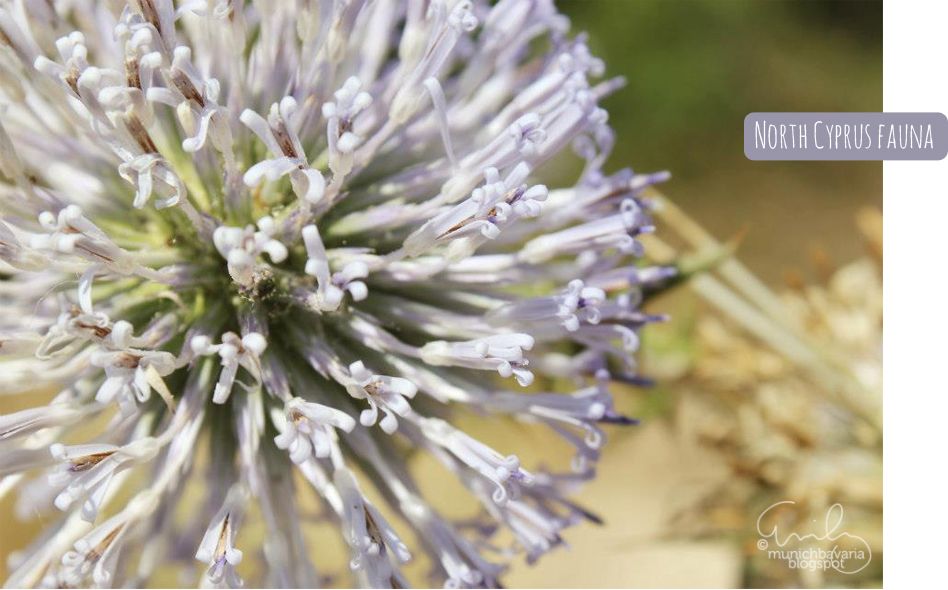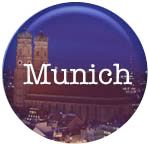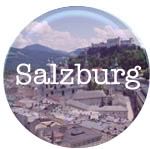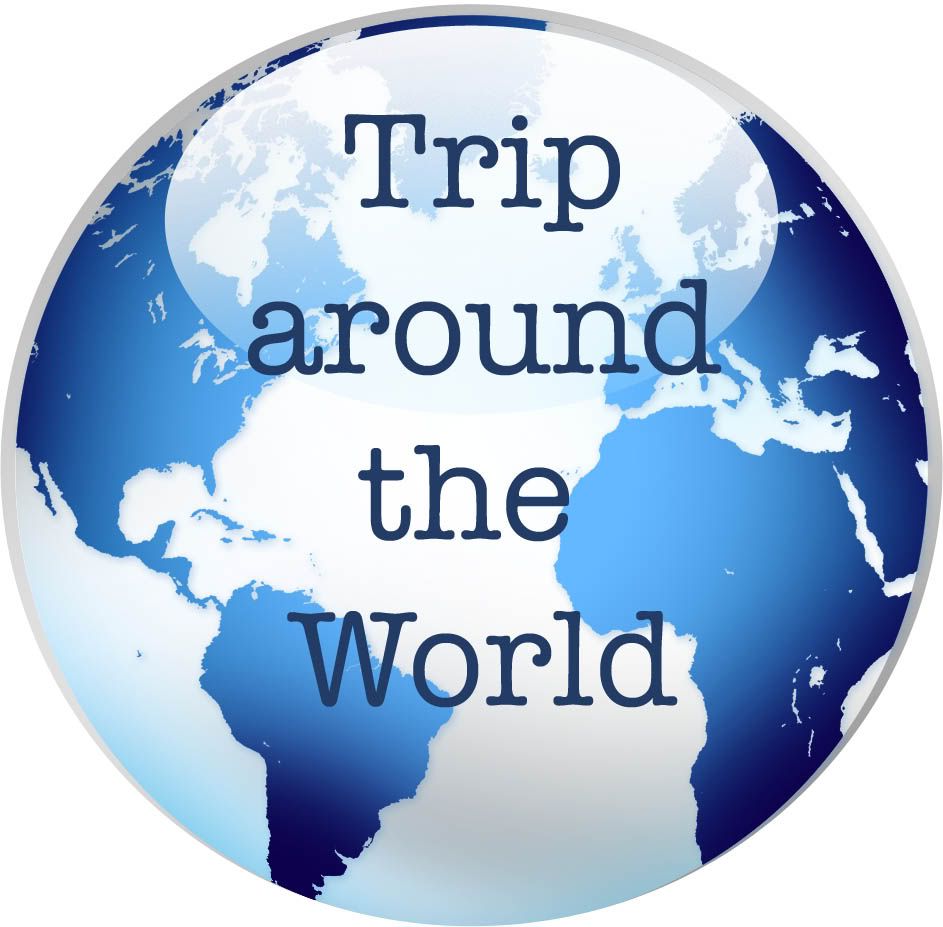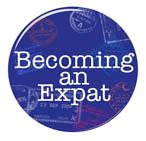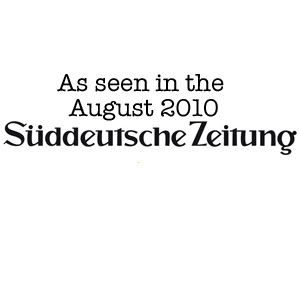North Cyprus is home to the endangered Green + Loggerhead sea turtles. In all of our travels we had yet to see a sea turtle and our visit was carefully planned to coincide with their hatching and release. Each summer students come to North Cyprus to help the preservation and studies of these sweet little creatures.
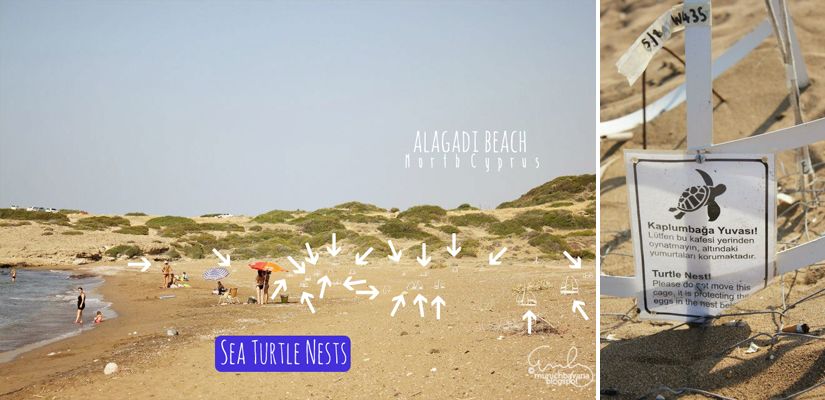
Up and down the coast there are many little screened white cages to protect them from predators. While the mother comes ashore in search of the perfect place to lay her clutch of eggs volunteers carefully monitor things. As she goes into a trance each nest is outfitted with high tech thermometers so data can be collected within each nest during the gestation. The higher temperatures (and global warming) creates more females than males, which is unsettling. Even just a couple of degrees difference will make the entire nest female (warmer temps coincide with higher female populations).
Also problematic is the detritus and litter along the beach (notice the cigarette butt right near the cage in the photo above). I could not believe the waste on the beach, which was both left behind and washed ashore. Many sea turtles return to lay their clutches of eggs on the very beach they were born. There was so much plastic, which left me bewildered. I tried to do my part to pick up the multicolored plastic around our beach towel, but it was virtually impossible. Alagadi is one of the main beaches of the turtle nesting, which is just up the coast from a power plant, so the turtles also are dealing with the light pollution in an otherwise very dark area.
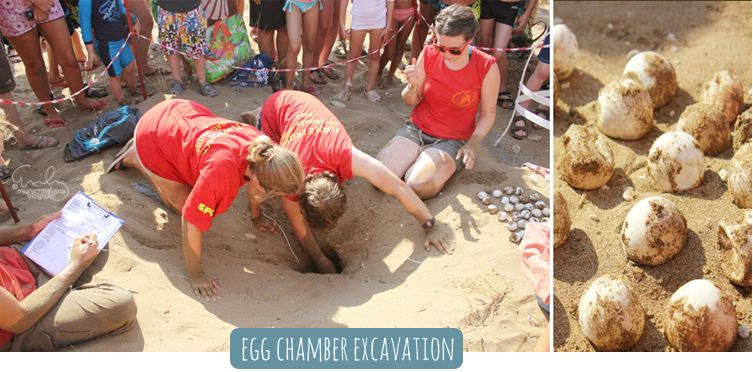
The next day they go in to excavate the nest, help the stragglers who are still fighting their way out, and counting the unfertilized eggs, unhatched eggs, and those that are empty which resemble ping pong balls. Surprisingly even ghost crabs have been known to attack these little guys as they make their way to the sea pulling them into their holes for a meal. In several photos their tiny nails are visible, but generally they are pretty peaceful and defenseless.

Some come out flapping away and ready swim, while others are a bit more lethargic after using up so much energy to get out of the egg chamber.

Since the glaring mid-day sun is a bit too intense and make the turtles more susceptible to predators they are collected and released under the moon light after the beach has closed.

The best way to know if there will be a release that night is to call the "goat shed" promptly at noon. Sometimes the phone lines are very busy, so if you're in the area it helps to stop by in person.
We were able to take part in a release and hold a little turtle before they made their journey to the water. For a release one of the workers will stand in the ocean with a headlamp acting as the moon to guide them, but several still got distracted (like the one above). The only light permitted, except for the one volunteer's headlamp, are red lights, which don't distract the turtles from starting their journey into the water.
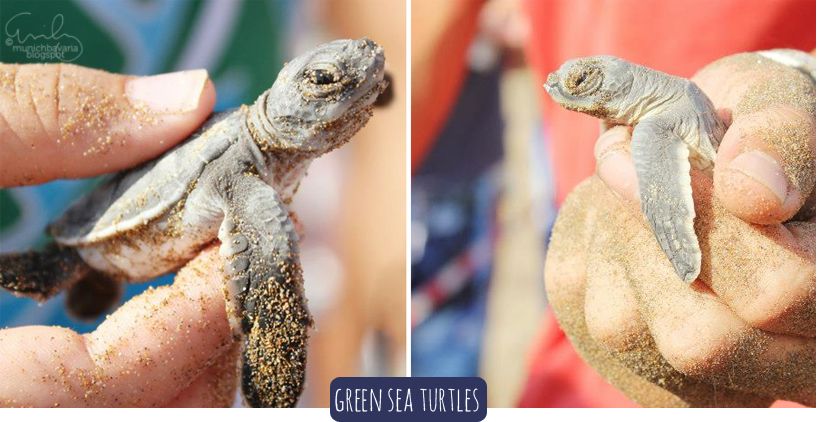
As I held my little matchbox sized sea turtle her little feet were flapping in the air ready to swim. I told her to grow big, strong, and come back with her own babies. Then I set her into the sand and watched her scurry into the water. She was the fastest of the bunch. It's a really neat experience to be a part of.

We did not see any loggerhead hatchlings during four excavations, but we did adopt a green sea turtle, so we can track him/her as long as the tracking device doesn't fall off.
If you are also planning a trip to see the sea turtles, you may find the following links useful:
SPOT - Society for Protection of Turtles
How the divide in Cyprus affects the turtles

Up and down the coast there are many little screened white cages to protect them from predators. While the mother comes ashore in search of the perfect place to lay her clutch of eggs volunteers carefully monitor things. As she goes into a trance each nest is outfitted with high tech thermometers so data can be collected within each nest during the gestation. The higher temperatures (and global warming) creates more females than males, which is unsettling. Even just a couple of degrees difference will make the entire nest female (warmer temps coincide with higher female populations).
Also problematic is the detritus and litter along the beach (notice the cigarette butt right near the cage in the photo above). I could not believe the waste on the beach, which was both left behind and washed ashore. Many sea turtles return to lay their clutches of eggs on the very beach they were born. There was so much plastic, which left me bewildered. I tried to do my part to pick up the multicolored plastic around our beach towel, but it was virtually impossible. Alagadi is one of the main beaches of the turtle nesting, which is just up the coast from a power plant, so the turtles also are dealing with the light pollution in an otherwise very dark area.
In most any other country I would think these beaches would be completely closed to the public, however people sit amidst the cages throughout the day. Those working with the turtles' preservation patrol the beach through the day and night. As often is the case, nature and the animals are forced to persevere and work around people.

If a nest begins hatching at night, the volunteers monitor the turtles making their way to the sea and dig a trench to make their journey a bit easier. 

The next day they go in to excavate the nest, help the stragglers who are still fighting their way out, and counting the unfertilized eggs, unhatched eggs, and those that are empty which resemble ping pong balls. Surprisingly even ghost crabs have been known to attack these little guys as they make their way to the sea pulling them into their holes for a meal. In several photos their tiny nails are visible, but generally they are pretty peaceful and defenseless.

Some come out flapping away and ready swim, while others are a bit more lethargic after using up so much energy to get out of the egg chamber.

Since the glaring mid-day sun is a bit too intense and make the turtles more susceptible to predators they are collected and released under the moon light after the beach has closed.

The best way to know if there will be a release that night is to call the "goat shed" promptly at noon. Sometimes the phone lines are very busy, so if you're in the area it helps to stop by in person.
We were able to take part in a release and hold a little turtle before they made their journey to the water. For a release one of the workers will stand in the ocean with a headlamp acting as the moon to guide them, but several still got distracted (like the one above). The only light permitted, except for the one volunteer's headlamp, are red lights, which don't distract the turtles from starting their journey into the water.

As I held my little matchbox sized sea turtle her little feet were flapping in the air ready to swim. I told her to grow big, strong, and come back with her own babies. Then I set her into the sand and watched her scurry into the water. She was the fastest of the bunch. It's a really neat experience to be a part of.

We did not see any loggerhead hatchlings during four excavations, but we did adopt a green sea turtle, so we can track him/her as long as the tracking device doesn't fall off.
If you are also planning a trip to see the sea turtles, you may find the following links useful:
SPOT - Society for Protection of Turtles
How the divide in Cyprus affects the turtles
